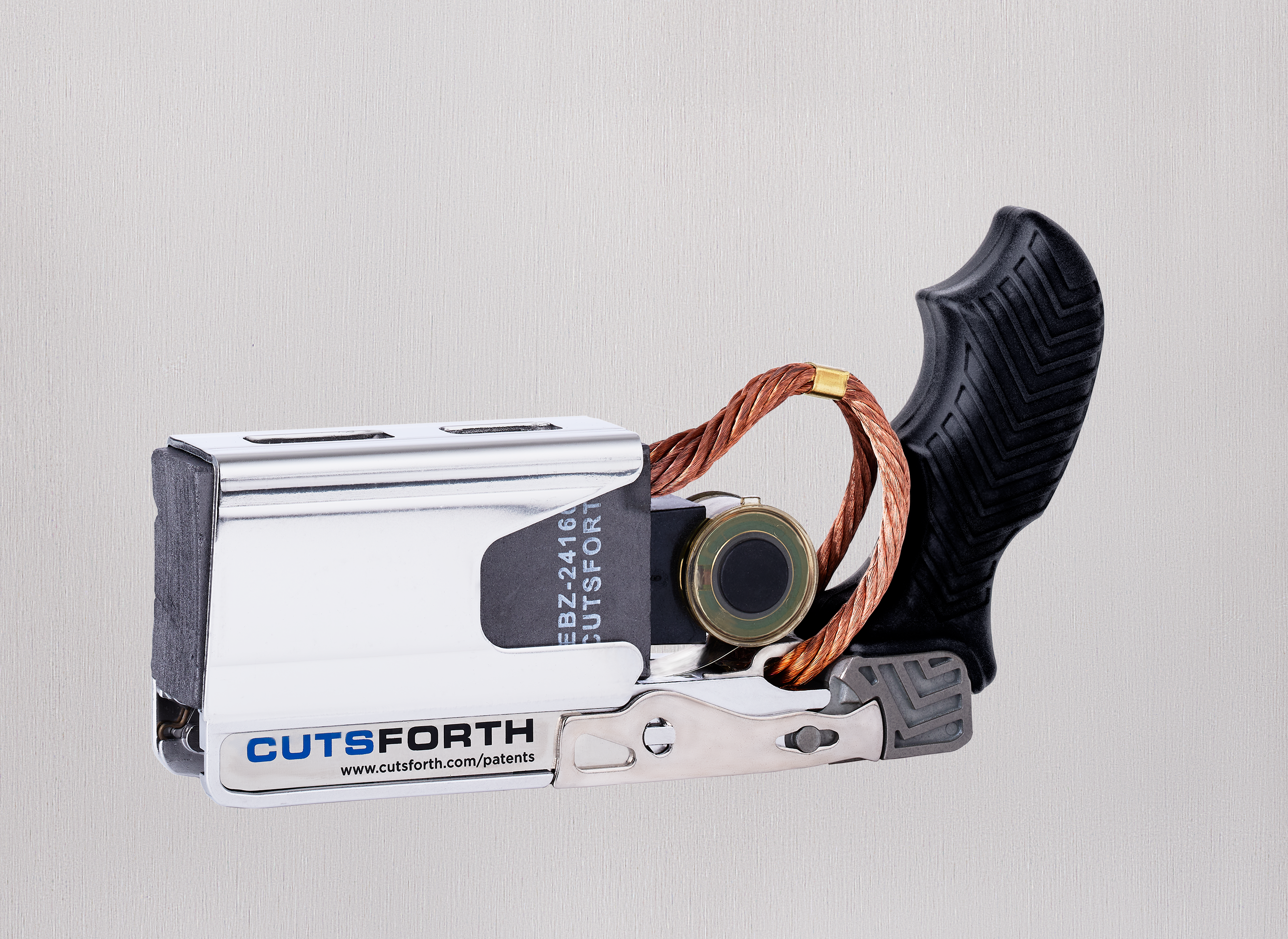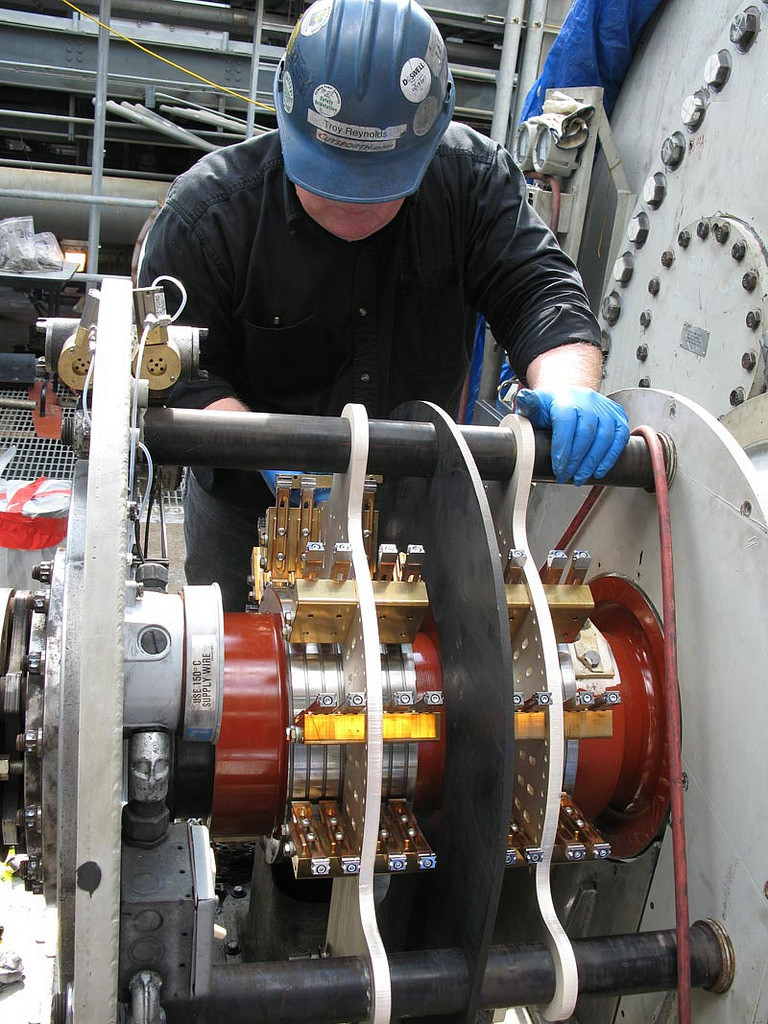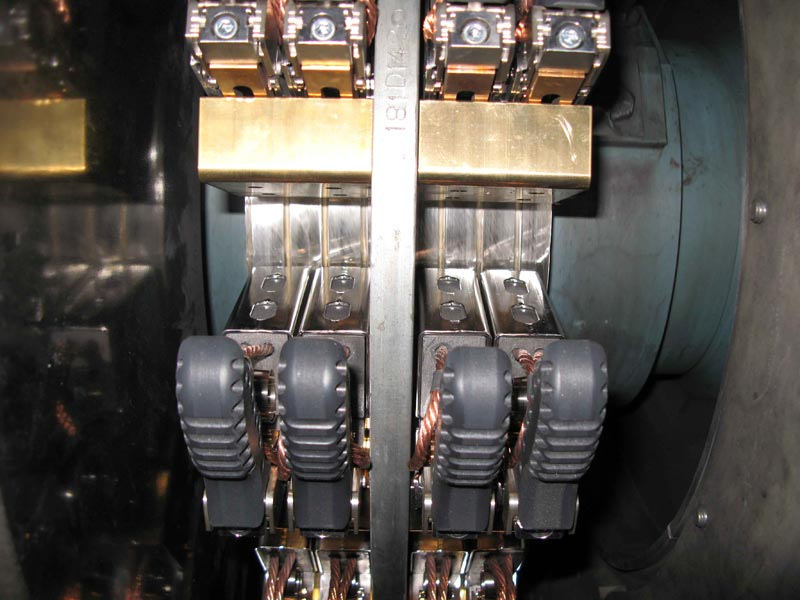

Overview
Sometimes the most challenging maintenance problems are solved by an innovative design solution. That’s the beauty of Cutsforth™ EASYchange® Removable Carbon Brush Holder—our unique solution to the challenges of brush changing on generators under load. With our removable brush holder system, you can easily reduce the risk of ring fires and forced outages, improve personnel safety, increase reliability, extend collector ring length of service, and reduce routine maintenance costs.
The Cutsforth™ carbon brush holder replaces most cartridge, plug-in, and magazine-style brush rigging. In addition to making online brush changes safer and easier, our “pistol grip” holders prevent common brush and ring problems associated with most OEM style carbon holders. We have installed over 40,000 EASYchange® Removable Carbon Brush Holders in power-producing sites around the world.
Highlights
- Replaces most OEM and other aftermarket holders with little modification to existing rigging
- Cutsforth™ supplies the same grade carbon brush you are currently using
- Replace the brush, inspect & clean the holder safely away from the unit
- Holder’s quality materials & design reduces common maintenance problems
- Retrofits take 1-2 days on most units
- Safely change brushes online to reduce unnecessary, costly downtime
- Integrates with our exclusive Cutsforth™ EASYchange® Brush Condition Monitoring
Cutsforth™ has retrofitted thousands of brush riggings on generators across a wide array of manufacturers since 2002, when EASYchange® first came to the market. Most retrofits utilize one of the many adapters we have designed over the years to be a bolt on solution to your existing yoke. While some units do require more extensive modifications, we are confident we can retrofit your unit and install EASYchange® during your next outage.
Here are a few images of real-world installations. To inquire about retrofitting your unit’s brush excitation rigging, contact us here.
Contact SalesRemoving and replacing a brush doesn’t need to be a difficult process. For detailed text and illustrations, learn more in our help center article.
For detailed text and illustrations, learn more at our help center.
For more detailed text and illustrations, learn more at our help center.
This video shows an actual plant operator changing a brush on an OEM Holder on a live unit, compared to the same process with a Cutsforth EASYchange™ Brush Holder that can be retrofitted and installed on almost all turbine generators.
Cutsforth™ has retrofitted thousands of brush riggings on generators across a wide array of manufacturers since 2002, when EASYchange® first came to the market. Most retrofits utilize one of Cutsforth™ many adapters that we have designed over the years to be a bolt on solution to your existing yoke. While some units do require more extensive modifications, we are confident we can retrofit your unit and install EASYchange® during your next outage.
Here are just some installation examples broken down by manufacturer. To inquire about retrofitting your unit’s brush excitation rigging, contact us here.
We have created a complimentary PDF Brush Rigging Inspection Worksheet tool that your team can use when inspecting your brush rigging to identify many of the common problems below. If you have questions about replacing your OEM brush rigging or having your rings trued, please contact our team here.
Download Inspection Sheet
